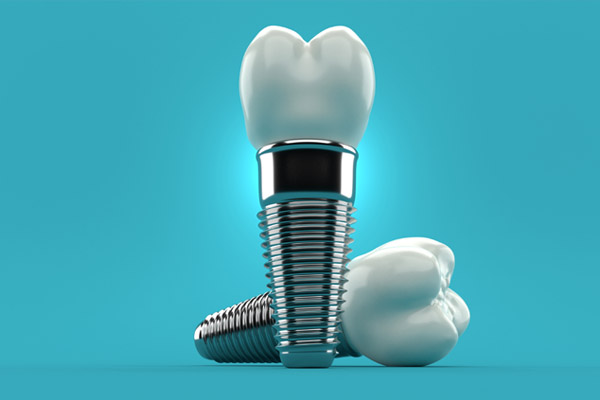 Healthy oral habits can prevent issues that may lead to infections such as gum disease. This problem, also known as gingivitis, can be common in both children and adults; however, if it is left untreated, it may worsen and cause serious discomfort or cause secondary infections within the body. Oral treatments such as scaling and planing can battle gingivitis, help maintain good oral health and prevent future infection. Patients who plan to undergo these processes may feel greater peace of mind understanding what is involved before arriving for an appointment.
Healthy oral habits can prevent issues that may lead to infections such as gum disease. This problem, also known as gingivitis, can be common in both children and adults; however, if it is left untreated, it may worsen and cause serious discomfort or cause secondary infections within the body. Oral treatments such as scaling and planing can battle gingivitis, help maintain good oral health and prevent future infection. Patients who plan to undergo these processes may feel greater peace of mind understanding what is involved before arriving for an appointment.
What causes gum disease?
Different types of foods and beverages can cause a bacterial film to build around the gumline where the teeth and gums meet. This is a sticky substance called plaque. If proper, regular brushing and flossing are neglected, the plaque can harden and turn into tartar, which can irritate the gums if it is not removed. This inflammation then causes gingivitis. Those who suffer from this issue may experience several different symptoms:
- Bleeding gums
- Gum sensitivity
- Changes to the gingiva color
- Receding gums
Teeth scaling and root planing can remove stubborn tartar and prevent further infection to improve a patient’s overall oral health.
How is teeth scaling performed?
Individuals with chronic or moderate gingivitis may have a dentist recommend teeth scaling as a tool for cleaning away hardened tartar at the gumline. This process is usually more involved than a simple cleaning and may take longer. Patients may be informed of additional details at the initial consultation.
During the process, a dentist may apply a local numbing agent to the area to reduce discomfort and then use several different scraping tools to remove stubborn tartar. Special attention may be paid to pockets between the teeth and gums, which can form once gingivitis advances to periodontal disease. When food particles become trapped in these pockets, it can contribute to tartar buildup. Pressurized water and ultrasonic tools may also be employed to remove areas of hardened tartar. Root planing may be performed during the same appointment.
What is root planing?
When gum disease is present, this can cause a tooth’s root to detach from the gums and create gaps that collect bacteria and food particles. These spaces can be difficult to reach with regular brushing or flossing and may eventually result in tooth loss. A dentist can attempt to reverse this process with root planing. During this procedure, plaque and tartar are removed with scraping and smoothing tools, which can prevent further infection. The affected roots are then smoothed out so bacteria can no longer collect, which allows the area to heal.
Check out what others are saying about our dental services on Yelp: Gum Disease in Allendale Charter Twp, MI.
What post-care actions are needed?
Because scaling and root planing both involve deep-cleaning processes, patients may experience tenderness or soreness at the treated area. Dentists typically recommend continued regular brushing and flossing to keep the area clean. Post-treatment checkups may be scheduled a few weeks after scaling and planing to ensure periodontal pockets are healing as expected.
Conclusion
Gingivitis can advance into serious gum disease when it goes untreated. Teeth scaling and root smoothing can reverse inflammation, bleeding and the eventual tooth loss that often occurs at the final stages of the disease.
Request an appointment or call Grand Valley Dentistry at 616-259-6046 for an appointment in our Allendale Charter Twp office.
Recent Posts
Dental implants are a way to replace a missing tooth in a way that looks and feels close to natural. Dental implant surgery is a multistep process, and it is important to know what to expect before you get started. You should speak with your dentist about whether implants are a good fit for you.…
Choosing to have dental implants means getting function and form in one restoration. These restorations can blend well with your neighboring teeth. The proper attachment will make others unaware of the procedure you had. If you want to know how dental implants blend well with your natural teeth, here are the details.The natural look of…
If you are missing one or more permanent teeth, dental implants may be an option for replacing them. Placing the implants requires an operation, and not everyone is a candidate for the surgery. Your dentist can discuss the criteria you must meet to be eligible. If you do not meet the criteria now, it may…


